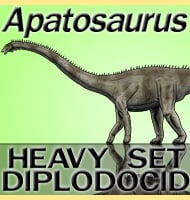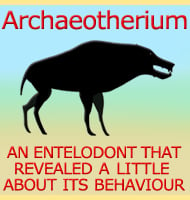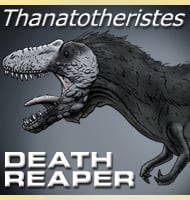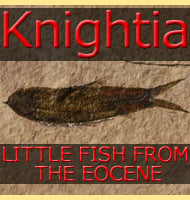In Depth
Estimated at over eight meters long, Tarchia is one of the largest ankylosaurids currently known, rivalling even the more famous Ankylosaurus. In fact given that Ankylosaurus is still known only from partial remains, Tarchia may one day actually prove to be the biggest. Tarchia was named along with another large, but slightly smaller ankylosaurid called Saichania, and although quite similar to one another, there are a number of identifiable differences between the two, particularly differences associated with the skull proportions. Despite these differences however, both Tarchia and Saichania both share bulbous bone growths that are present across the tops of their skulls. A North American ankylosaurid called Nodocephalosaurus also has these bumps, strongly suggesting a possible relationship with Tarchia and Saichania.
Tarchia possessed a wide cropping beak across its mouth that allowed large amounts of vegetation to be indiscriminately pulled into the mouth. These plants would have likely been quite tough considering that Tarchia lived in an arid climate that was near desert in places, and would have required a large degree of processing in the mouth. Evidence for this comes from the teeth which show occlusion wear, basically meaning that the teeth of the upper and lower jaws regularly made contact. Like other ankylosaurids Tarchia had teeth more suited to chopping, and with every up and down movement of the jaw, the food in the mouth would be chopped into smaller and smaller pieces. This was not just to help swallowing but to increase the efficiency of digestion as the teeth chopping the food would provide a greater surface area to be exposed to the digestive acids of the stomach, greatly enhancing the nutritional gain.
Tarchia also had a hard palate and a network of air passages in the snout which would have helped to moisten the dry air of its ecosystem before it reached its lungs. This would greatly reduce the amount of water lost through the process respiration, a vital adaptation considered the climate that Tarchia lived in. Additionally the presence of the hard palate (unknown in most dinosaurs, but seemingly common in ankylosaurids) meant that Tarchia could still breathe while it processed food in its mouth.
Further Reading
– Ankylosauridae (Dinosauria) from Mongolia – Palaeontologia Polonica 37:85-151 – Teresa Maryanska – 1977. – New data on the ankylosaur Tarchia gigantea – Paleontological Journal 11: 480-486. – T. A. Tumanova – 1978. -The cranial morphology and taxonomic status of Tarchia (Dinosauria: Ankylosauridae) from the Upper Cretaceous of Mongolia. – Cretaceous Research – Paul Penkalski & Tatiana Tumanova – 2016.










